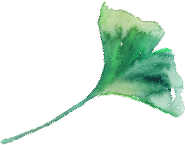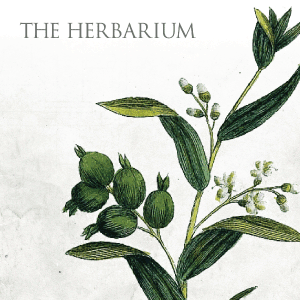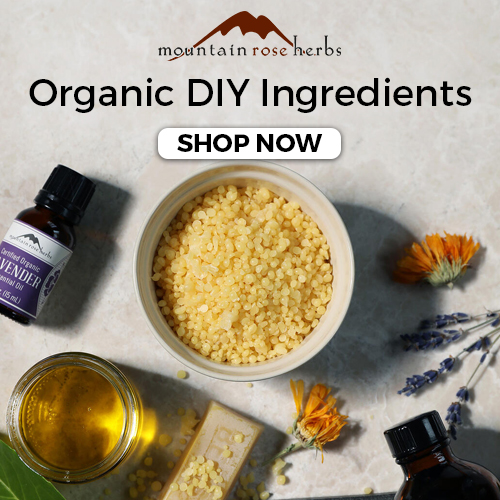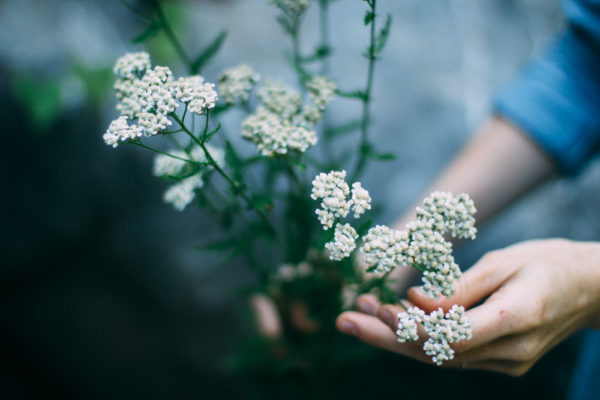
Wandering the fields and prairies of southern Appalachia will bring even the busiest mind into a still and quiet serenity. It is within the endless expanse of prairies that we can connect deeply with traditions, cultures and generations before us in a subtle and profound way, while it brings acutely into our awareness that deep, longing and desperate desire to pay attention. As I roam the prairie lands of Lexington, Virginia, my eyes quickly scan the tall grasses in an excited search for that familiar white flower, much like I was anxiously searching for an old friend in a busy train station crowd. It takes a few minutes of steady wading through the tall brush, gliding past the prickly brambles and deceptively similar Queen Anne’s Lace, but soon it bursts out in front of me as far as my eyes can see. Yarrow – the sweet and steady white flower of late spring and summer greets me with that gentle and intoxicating aroma, flooding my mind with memories of medicine making years before and reminding me that this very smell permeated the medicine collections of generations before me – all close friends with this reliable herbal companion.
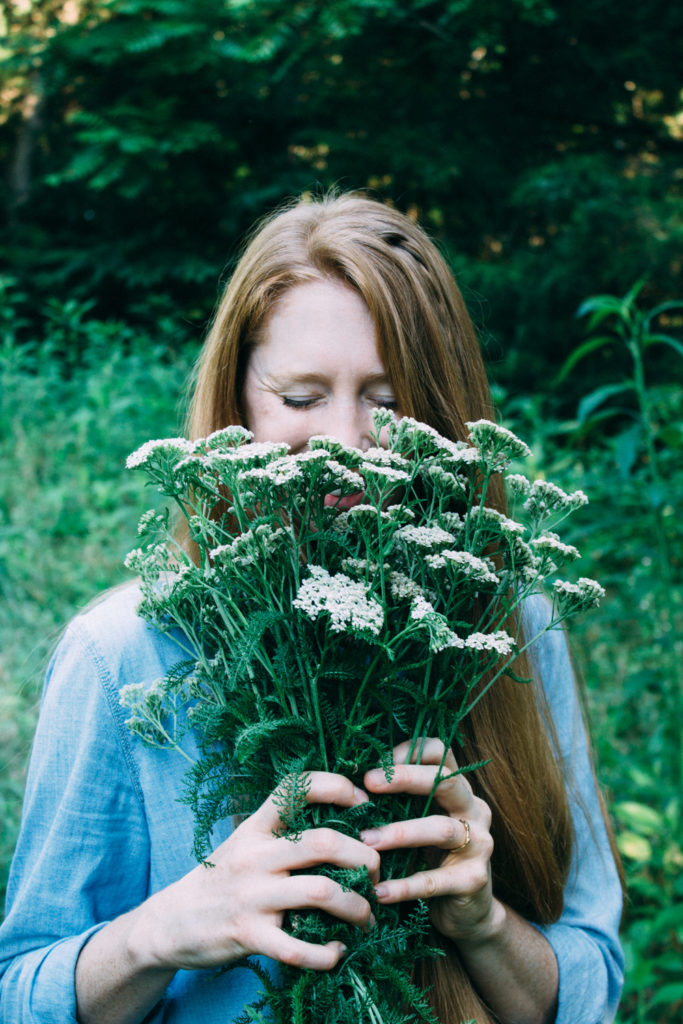
Yarrow Medicinal Uses
Yarrow (Achillea millefolium) is a familiar inhabitant to prairies and pastures all over Europe and North America, and has a rich history of medicinal use in the eastern Appalachian region of the southern states. A perennial herb with a reliably hardy disposition, yarrow grows about three feet tall on a sturdy (and deceptively delicate looking) stem covered in fine, whipsy leaves that spring from the tall stem alternately. The flowering tops crown each stem in a beautiful spread of tiny white clustering flowers that can span almost 12 inches across and posses a fragrance that is so subtle and almost astringent yet pure and pleasant. Yarrow is almost always accompanied by it’s favored prairie neighbors like milkweed, mullein, red clover and their accompanying aerial companions – the monarch butterfly and pollinator bees. This generational plant family has followed and supported countless generations of Appalachian and European families and to this day we remain close to our plant friends in our continued symbiotic relationship.
Yarrow has a traditional use as a gastrointestinal supportive herb for it’s astringent and tonifying qualities on the stomach, while also possessing a prized antiseptic power when used topically on wounds and infections. Native American cultures would harvest the entire plant and macerate it into a thick poultice for any topical inflamed condition including rashes, bites, wounds and sores. The leaves and flowers were often made into an infusion for internal conditions ranging from indigestion to internal bleeding, as the powerful astringent and purifying quality of the herb acts quickly on acute conditions. Yarrow has a rather famous history of use spanning back to Achilles (yarrow’s namesake) who, legend has it, was bathed in a yarrow bath as a baby to promote strength and vitality, but while his mother was bathing him she forgot to cover his heel in the healing yarrow infusion – hence his heel was forever his weakness. Not surprisingly, yarrow is used even to this day as a strengthening tonic for those recovering illness or depletion. I often always include yarrow tea or tincture in my remedies for recovery from everything to cold and flu to folks going through extreme and debilitating treatments of any kind. This tonic herb is gentle and powerful (much like it’s appearance), and lends itself to be used for countless healing remedies…likely used by your own ancestors generations before.

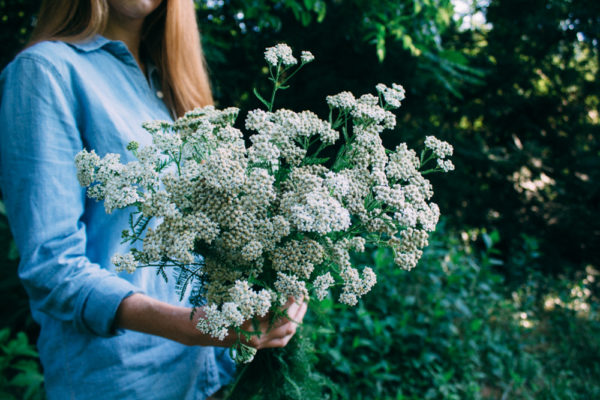
How to Harvest and Tincture Yarrow
When I spot yarrow for the first time each year, I always acknowledge this deep generational connection, and give thanks for this herbs yearly return to my medicine chest before harvesting a fresh bouquet of this joyous herbal ally. I harvest in the summer, collecting the entire plant (stem, leaves and flowers) and either hang to dry for use in later tea formulas, or infuse in a fresh plant tincture to store for many months thereafter, preserving the powerful summer prairie medicine well into the winter and following spring. Making fresh plant tinctures is perhaps an herbalists’ favorite activity (or at least it’s certainly mine), and the simplicity of tincturing is ideal for anyone who has access to fresh herbal medicines. When tincturing fresh plants, there is already internal water within the plant, so often no added water is necessary in the tincturing process – only 100 proof alcohol, a large glass container and a tight fitting lid.
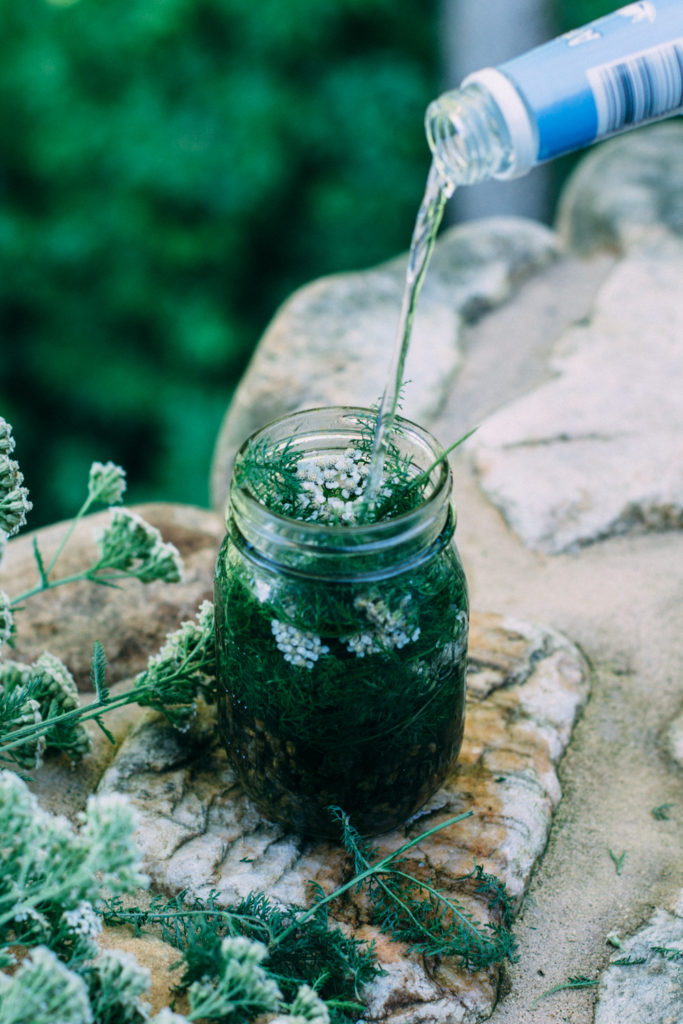
Fresh Yarrow Tincture – Folk Method
Collect yarrow in the early summer – stems, leaves and flowers.
Strip the leaves and flower from the stems and check for insects.
Discard the stems.
Smash the leaves and flowers a bit so that it is very aromatic and in fine pieces.
Stuff into a large glass mason jar until it tightly fills the jar almost to the brim.
Pour 100 proof alcohol (vodka works well) over the plant material until it completely covers the leaves an flowers.
Seal with a high fitting lid and shake well.
Let sit for 6 weeks, shaking often.
Remove the lid and pour off the liquid through a fine cloth and strainer, squeezing out all of the liquid into another bowl or container.
Store this liquid in amber glass bottles or jars and label with the plant name (Yarrow, Achillea millefolium), where it was harvested, and the date of harvest + date of tincturing.
Store in your medicine chest for up to 3 years.
